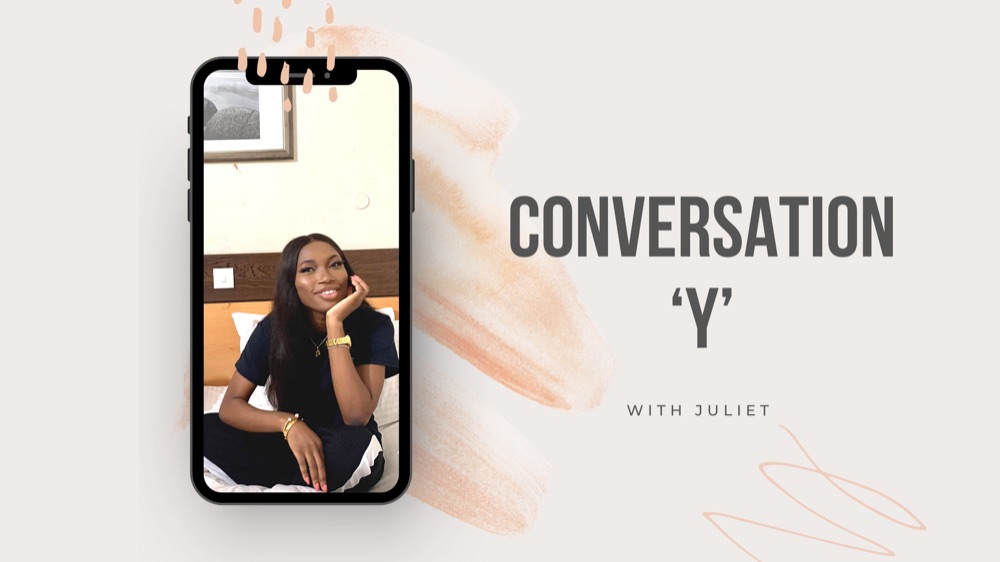Can I get into Product Management?
I might be transitioning soon.
The 'why'
I never planned to become a Product Manager (not to be mistaken for Project Management).
Like every other person transitioning into product from a non-tech background - operations, data science, engineering, design, user research, consulting, sales, marketing, and business or finance - I had tried other core tech roles. I went through the phase of learning how to code and design but coding did not tick the box for me. Design did a number on me but not as much as product management did. Feeding off my interest in operations and design, I secured a job as a content creator/graphic designer but like coding this was just 'alright'.
Then this question follows - Why are you moving away from Law? - Well, I'm not; at least not quite.
Being in legal scene made me value the process of introspection. Thanks to open days at law firms and mini internships, litigation was struck off my list. Business and Commercial Law appealed to me and so did LegalTech. The transferable skills gained from studying law is close to endless, from problem-solving to conflict resolution to negotiation to analysis and the list goes on. I started to explore how I could integrate my interest in startups, technology and law into something a bit more exciting. I knew I had interest in digital products and had developed the skill set that could land me a career in tech. It took a while to figure it out but I eventually discovered Product Management.
My first encounter with Product Management (PM) was following an unplanned discussion with Kennedy Iyeh, former Product Designer at Formplus and current Product designer at BrassBanking. He introduced me to Tosin Amusan, Product Development Manager at Spleet and former Product Development Lead at Mylawlegal. Following my meeting with Tosin, I attended some Productdive webinars. No significant changes were recorded yet. I still did not understand the fuss about PM and I did not quite get how PMs fit into the building process. Here I was, curious to learn not because I was interested but because I love a good challenge. I was either going to love it or not, what did I have to lose?
In April 2021, I decided to take the leap to start a self-learning PM sprint from law into product. This post is a blend of some pointers Tosin gave and what I learned along the way.
The role of product manager (PM) is one of the best, hottest, most fascinating and most promising careers in tech as it has a disproportionate amount of influence over key decisions. - Lenny Rachitsky
The 'how'
As Lenny Rachitsky notes in his post on How To Get Into Product Management (And Thrive), there are four most common paths into PM:
- Internal transition at a large company
- Finding a junior PM role at a large company
- Joining a startup with a burning need
- Starting your own company
The first two paths are the most common, while starting your own company is the most intense. Most product management roles require experience, so it is not far-fetched that an internal transition would be the easiest. I've spent a significant part of my career journey exploring path 4. You can guess how my 'exploration' is going, considering I'm currently looking into path 2 or 3.
Networking
I reached out to a couple of PMs from Clubhouse, Twitter and LinkedIn. These connections across these social networks expanded my views on what it means to be a PM. I joined online communities like Product School, Breaking into Tech, and ProductDive among others. My networking was not limited to the PM community, I made connections with the startup community and people in tech on twitter.
Learning and Building: My Read-Process Strategy
'Theoretical knowledge overload' - the problem most learners face of which I was deeply rooted in through my legal journey. It is relatively easy to sign up for a class, a webinar, another online course but seeing it to the end was not as seamless. There was no roadmap or structure in place even when these seminars are paid for. Did it help? Not so much.
A change of strategy was needed: learning as I build while failing forward through the learning process. Concepts are better understood when principles are applied to typical scenarios. This shaped my primary learning structure - listening and reading insights from to PMs who had transitioned from various roles, the move the made and the skills needed in order to be successful. Thanks to YouTube algorithm, I only needed to watch one video to receive an influx of PM videos. I resorted to personal projects, developing and demonstrating the skills digested from the PM resources while filtering the amount of information consumed.
You learn by doing. Ask questions, Learn, Research and Build. Your job is to be as prepared as possible when an opportunity arises.
To adopt my learning into action, my work flow is Building, Measuring, Learning and Documenting. On the side, I'm actively engaged in the UI/UX process with Zuri x I4G Training 2021 alongside 19,000+ students. The process involves design thinking, user research, prototyping and understanding user personas.
Documenting with Swish
A core part of product management is documentation. This feeds off to the core PM skill of stakeholder communication. As a law student, we are taught to communicate our thought processes succinctly. To do this I decided to review writing resources as PM 101. I'm always open to trying new products. Medium and Wordpress fell off along the way but Swish stuck. Swish provides all the tools needed to build a quality blog with minimal effort. I'm currently working on a couple of projects and documenting the process while I'm at it.
What’s next?
I intend to share my experiences and lessons, write articles on my personal journey, build products and improve my skills. My vision over the next couple weeks is to
- Learn SQL - a language used to communicate with databases using Structured Query Language (SQL) and learn how to write SQL queries.
- Work on my portfolio projects
- Appreciate Jira Software - Software used for bug tracking, issue tracking, and project management.
- Read more books. Take a peek into my resource list: Senskill provides a curated repository of podcasts, videos, blogs and books to move from 0 to techie.
The journey has just started.
My Recommendations: Some Noteworthy Mentions
- Do your research
- Product School - Product School is the global leader in Product Management training with a community of over one million product professionals. Read through the blog posts, subscribe to the podcast and youtube channel and follow on twitter. Access free PM resources HERE.
- Take some online courses including Product Masterclass: How to Build your Product Career, Product Management Fundamentals and Product Masterclass: How to Build Digital Products
- Subscribe to PM lists on twitter
- Stay on top on industry trends
- Join communities like Product Manager HQ and Product Dive, Utiva, PM Africa, Mind the Product for access to community events
- Follow some thought leaders on Twitter and LinkedIn
ABOUT ME
I'm Juliet 'Hiri' Edjere, a no-code expert focused on design, business development, and building scalable solutions with minimal coding knowledge.
I document all things product stories, MVP validation, and how designs, data, and market trends connect to one another.
In our world where innovation knows no boundaries, and creativity reigns supreme, no-code is a game-changer in today's tech landscape. Whether you're a developer looking to expand your skill set or a beginner curious about creating without writing a single line of code, you will learn from practical examples, and explore the possibilities of no-code technology. Together, we'll navigate the tools, platforms, and strategies – one blog post at a time!


